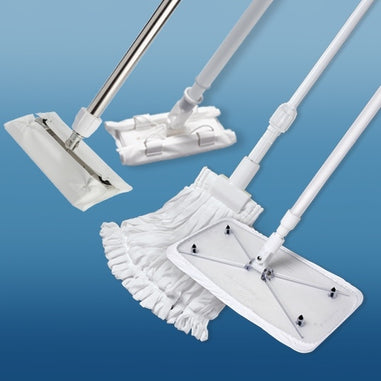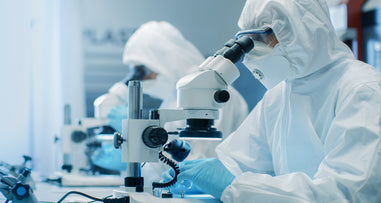- No products in the cart.
People are the biggest source of contamination to a cleanroom. Hence it’s crucial to encase them in sterile clothing so they don’t interact with the environment at all. The sterile clothing helps maintain the cleanliness of a room while work is being done in the area. In a cleanroom, the slightest of contaminations can ruin an entire experiment, leading to a whole clean sweep of the area.
Sterile clothing should be selected with the highest standards in mind and the choices should be made on the basis of controlling or eliminating certain variables that impact the productivity and quality control of the experiment. The better the clothing is the better the yields of the experiment, and the more accurate the results of the experiment.
This is called the Quality by Design approach to a sterile manufacturing or testing process. The materials used to construct the clothing, the sterilization methods, the quality controls applied and the packaging and documentation of the certificate of sterilization all affects the final product.
Materials
The materials that the clothing is made out of can serve many purposes such as providing comfort to the workers wearing them. It can reduce the number of mistakes made in the experiment or the manufacturing process if the material provides a strong grip and isn’t susceptible to slipping on contact with moisture. Sterile gloves should be made with a more flexible and breathable barrier like material that allows for comfort.
Gloves made out of more elastic materials for example, can also make the job easier and can make stretching and reaching for things from a small distance much easier.
Construction
The design of the sterile clothing should also be optimized to account for a more secure fit. A few sizes too small, and the workers inside the suit will feel too constricted and this will result in the suit breaking too easily from wear and tear. A few sizes too big, and the suit may touch surfaces that it is not intended too and interfere with the manufacturing process or the experiment.
The design should also account for better dexterity and tactile sensitivity if required for the job. This can improve the productivity by miles if done right.
An integrated design is also great for the lab environment and can make the gowning process more efficient. Instead of having to produce the gloves and the helmet or mask individually, there could be a full gown prepared that covers each area, thus giving fewer chances for any matter to escape the suit or for any matter to get inside the suit.
Hygiene
This is one of the top considerations when picking out sterile clothing .The materials in question should discourage the buildup of sweat and repel stains and organic matter. This will help in the long run to keep the suits as clean as possible and as reusable as possible. This will result in saving money as well as giving a worker a suit that they are already comfortable with.
Note: We offer a wide variety of cleanroom solutions and can help with recommendations based on your cleanroom supply needs.













































